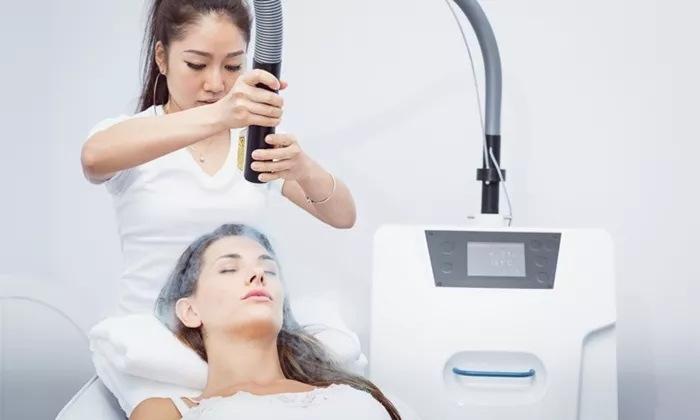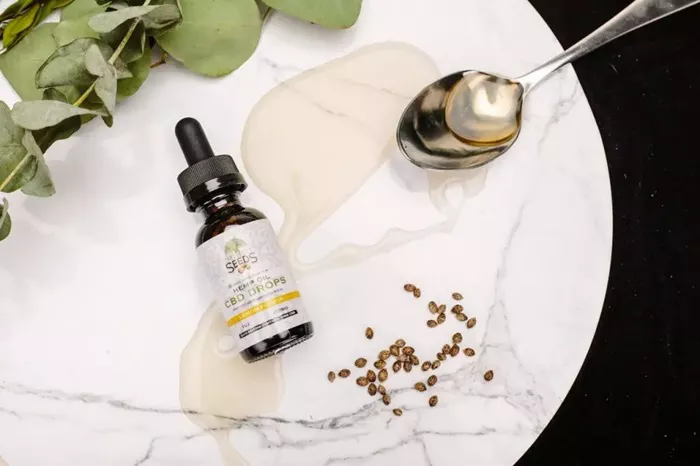Liquid nitrogen treatments, commonly known as cryotherapy, are widely used to treat various skin conditions such as warts, skin tags, and precancerous lesions. While effective, the aftermath of such treatments requires diligent care to ensure proper healing and minimize complications. This article will provide a comprehensive guide on how to care for your skin after undergoing liquid nitrogen treatment, detailing each step necessary for optimal recovery.
Liquid Nitrogen Treatment
Liquid nitrogen is a cryogenic substance that reaches temperatures as low as -196°C. When applied to the skin, it freezes the targeted tissue, causing cell death in the affected area. The procedure is typically quick and involves minimal discomfort. However, post-treatment care is crucial to prevent infection and promote healing.
What to Expect After Treatment
After your liquid nitrogen treatment, you may experience several immediate effects:
Redness and Swelling: The treated area will likely become red and swollen shortly after the application.
Blistering: Within a few hours, blisters may form. These can be filled with clear fluid or blood.
Crusting: As the healing progresses, a crust or scab will develop over the blistered area.
Discoloration: The skin may appear lighter or darker than surrounding areas during the healing process.
Post-Treatment Care Guidelines
1. Keep the Area Clean
Maintaining cleanliness is paramount to prevent infection:
Gentle Cleansing: Use mild soap and lukewarm water to gently wash the treated area once or twice daily. Avoid scrubbing or using harsh soaps.
Pat Dry: After washing, gently pat the area dry with a clean towel. Do not rub.
2. Moisturize Regularly
Keeping the area moisturized aids in healing:
Use an Occlusive Agent: Apply a thin layer of Vaseline or Aquaphor to the treated area 1-2 times daily. This helps retain moisture and prevents crusting.
Avoid Fragrances: Steer clear of scented lotions or creams for at least two weeks post-treatment.
3. Allow Airflow
While it might seem logical to cover the treated area, allowing it to breathe can be beneficial:
Avoid Bandages: Unless there is excessive bleeding or drainage, avoid using bandages as they can trap moisture and lead to infection.
Cover if Necessary: If you feel the need to cover it due to discomfort or risk of irritation from clothing, use a breathable bandage.
4. Manage Blisters Carefully
If blisters form:
Do Not Pop: Avoid popping blisters unless absolutely necessary. If a blister does break open, clean it gently and apply an occlusive agent.
Drain if Needed: If a blood blister forms and is painful, sterilize a needle with alcohol and gently poke it to drain fluid without removing the top layer.
5. Protect from Sun Exposure
The treated area will be more sensitive to sunlight:
Use Sunscreen: Once healing begins (usually after about a week), apply a broad-spectrum sunscreen with SPF 30 or higher when going outdoors.
Cover Up: Wear protective clothing over the treated area if possible.
6. Monitor for Complications
While complications are rare, it’s essential to be vigilant:
Watch for Signs of Infection: Increased pain, swelling, redness, pus, or fever may indicate an infection requiring medical attention.
Seek Help for Severe Symptoms: If you experience persistent pain or any unusual symptoms like excessive swelling beyond the treated area, contact your healthcare provider.
What Not To Do After Treatment
To ensure optimal healing, avoid certain actions:
Do Not Pick or Scratch: Resist the urge to pick at scabs or blisters as this can lead to scarring and infection.
Avoid Soaking: Do not soak in baths or swim for at least 24 hours post-treatment to prevent irritation.
Limit Physical Activity: Refrain from strenuous activities that could cause sweating or friction on the treated area during the initial healing phase.
Long-Term Care Considerations
Once the initial healing period has passed (typically 1-2 weeks), continue caring for your skin:
1. Ongoing Moisturization
Continue using moisturizers on the treated area even after it has healed fully. This helps maintain skin elasticity and appearance.
2. Regular Skin Checks
If you had treatment for precancerous lesions like actinic keratosis, schedule regular follow-up appointments with your dermatologist for monitoring.
3. Continued Sun Protection
Make sun protection a lifelong habit by applying sunscreen daily and wearing protective clothing when outdoors.
Conclusion
Caring for your skin after liquid nitrogen treatment is essential for effective healing and minimizing complications. By following these guidelines—keeping the area clean and moisturized, allowing airflow, protecting against sun exposure, and monitoring for signs of infection—you can support your skin’s recovery process effectively. Remember that while most people heal without issues, staying informed about potential complications will help you respond appropriately should any arise. By adhering to these practices, you can ensure that your skin heals properly after treatment with liquid nitrogen and maintains its health in the long run.
Related Topics
What Is Glycolic Acid Used For In Skin Care?


































